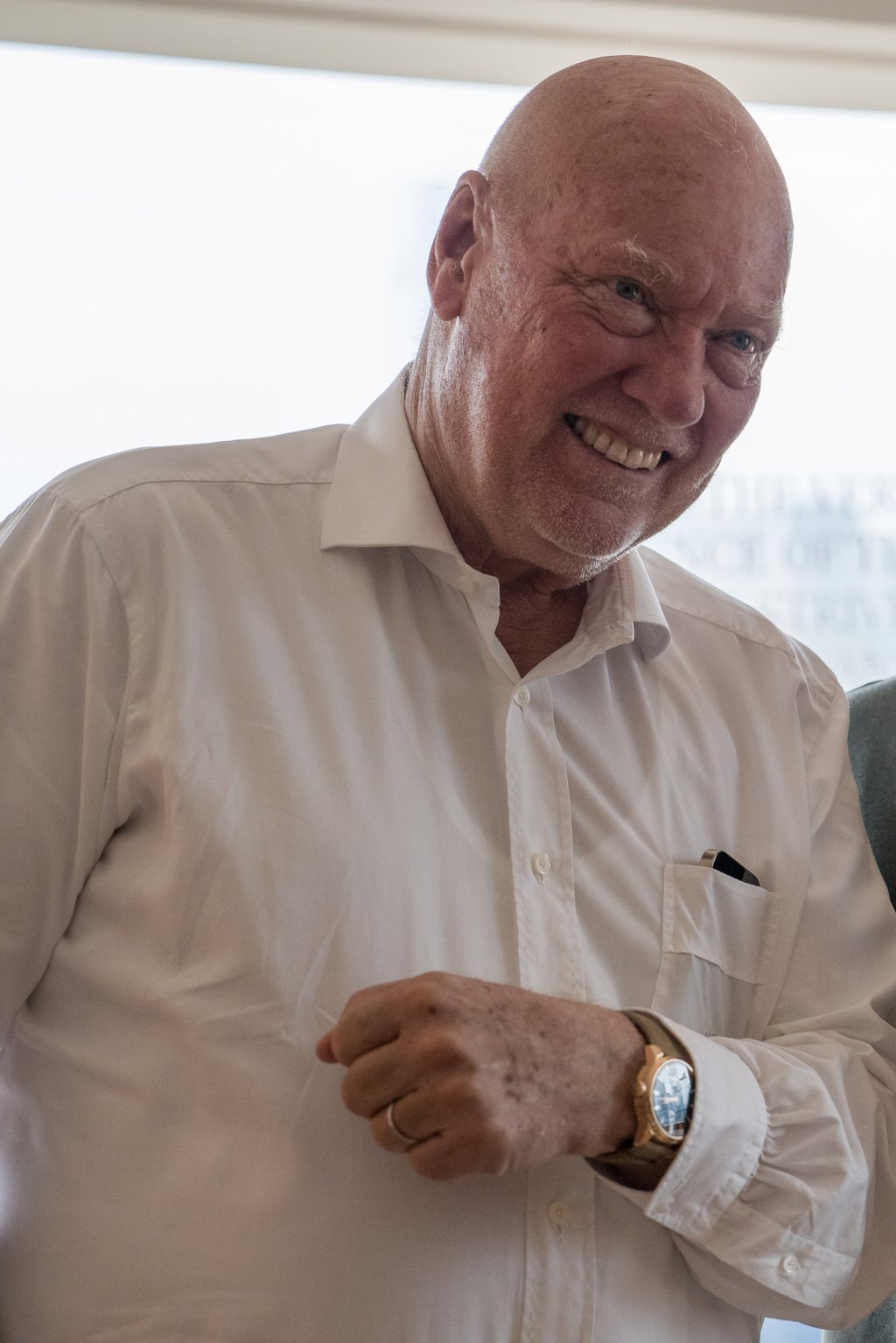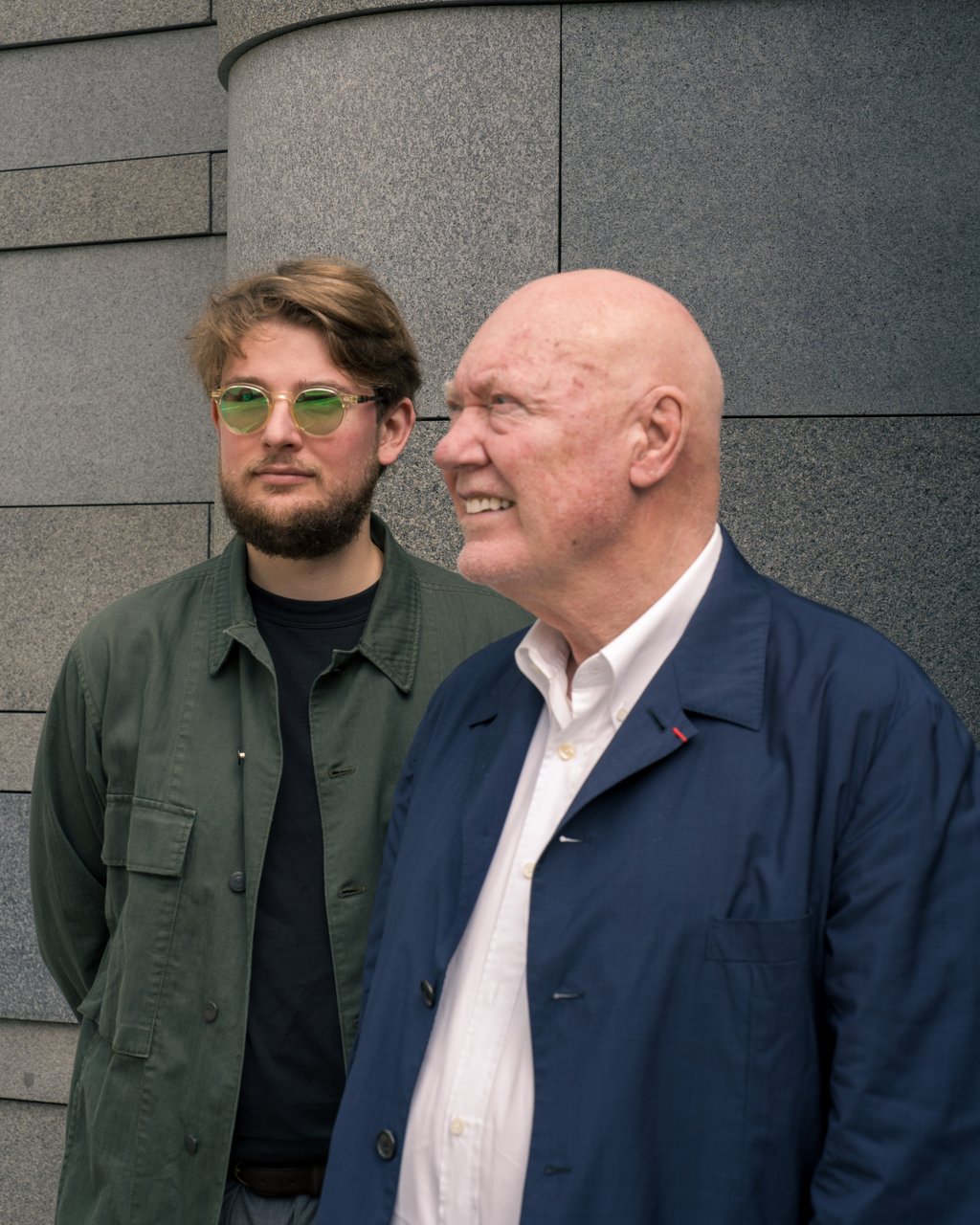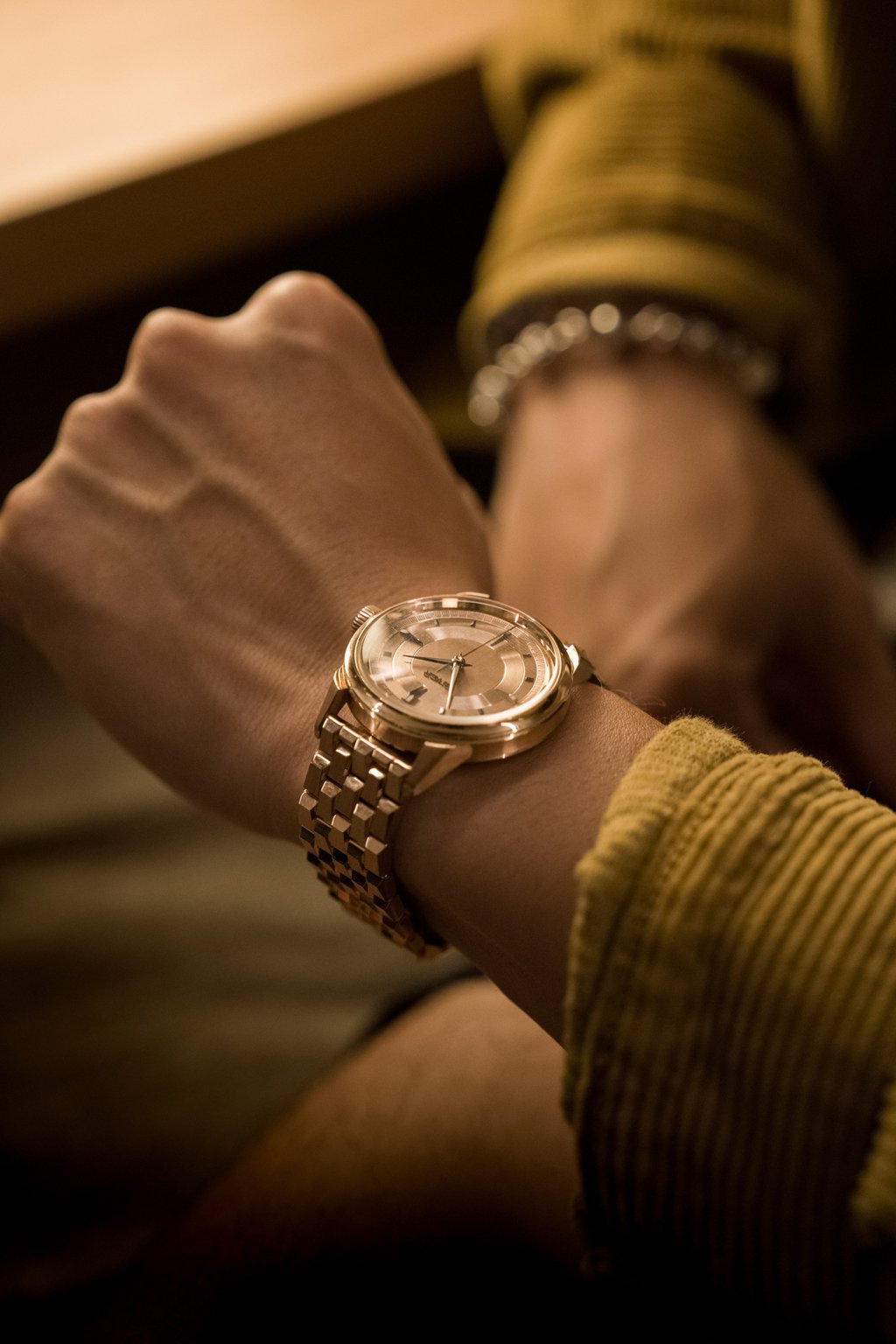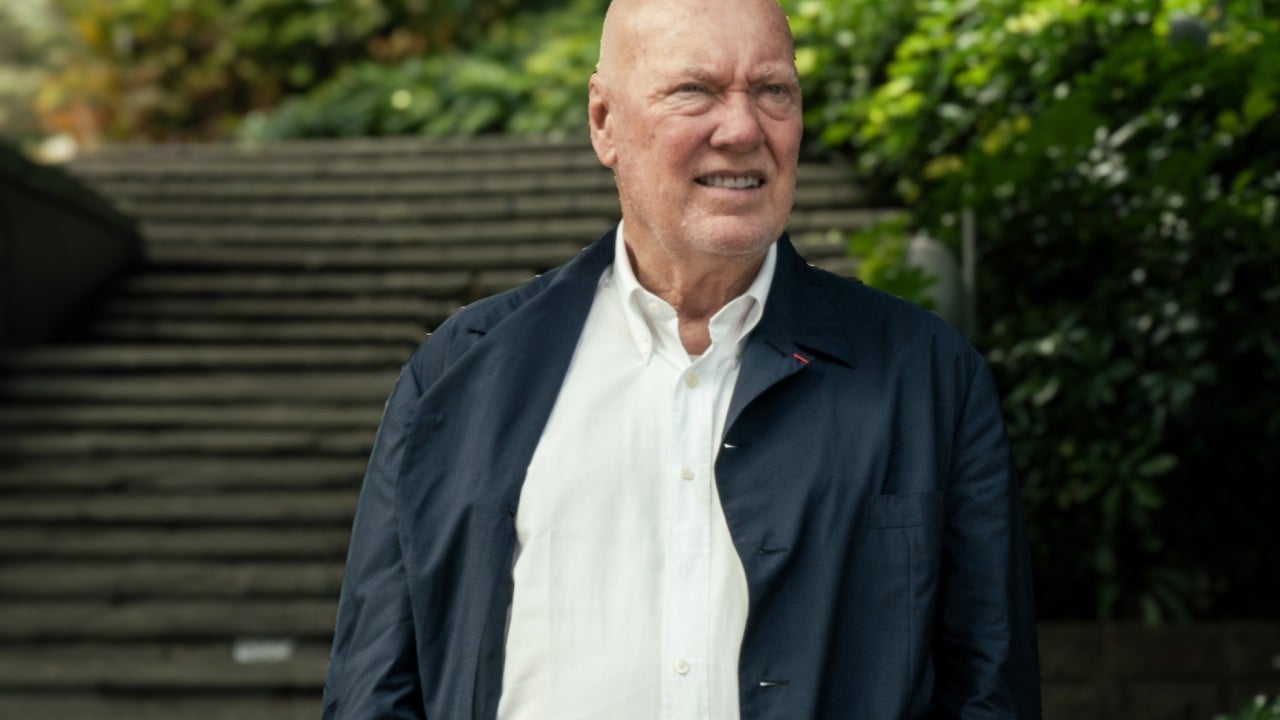“I have no pressure,” says Jean-Claude Biver, “except the pressure of time [and] the need to be successful. That’s already a lot of pressure, but it’s a positive pressure.”
It is hard to imagine that many pressures – including the pressure to succeed – remain for someone like Biver, who almost requires no introduction. In a career spanning half a century, Biver is known for deftly resuscitating several brands you may have heard of.
In the wake of the quartz crisis, he bought and revitalised dive-watch icon Blancpain before selling it to Swatch Group. After joining the conglomerate, he connected James Bond with Omega to create one of the most enduring modern collaborations in horology. More recently, Biver modernised LVMH brands Hublot and Tag Heuer into two of the most visible brands in the sports of football and Formula One respectively, before exiting the industry in 2018.
Advertisement

“Now, after 50 years in the business,” Biver ponders, “I told myself I must find a place where my family [can be], where my son can come, where my wife can be, where other people can join. So I want a very small brand with very much individuality, where [each watchmaker] can make the whole watch themself.”
Biver is, of course, referring to his eponymous brand, JC Biver, which – when it was announced in 2023 – made waves in the industry. It not only meant that a titan was set to return, but that he would be taking his son, Pierre Biver, with him. By operating the brand together, father and son put themselves in a unique position to learn from each other.

“I learned from him to be quick, to be dynamic,” the elder Biver says. “And he learns from me to think three times, to not be too quick. So it’s a nice equilibrium. I also learned from him some aesthetic points. He was the first to get me to reduce the size of the watches. I was a little afraid to reduce [the size] because I got the feeling that [a smaller] watch looks a bit feminine. And he said, ‘No, people now will tend to want smaller watches.’ So the exchange between the two of us is quite good.”
Biver cites discussions he’s had with Pierre about the Audemars Piguet Royal Oak models in his collection as an example. “He took the Royal Oak [from] 1972 and said to me, ‘Look, that’s the size.’ The 1972 Royal Oak looked small to me, yet in 1972 it was considered a big watch. Once you have been used to a large watch, it’s difficult to wear a smaller one because the small one seems to look too small. So you have to readapt, but once the eyes have readapted, then it’s OK.”

Biver calls 39mm the “magic size” as it can be worn on all types of wrist, but the brand’s sizing has fluctuated throughout its short history. The Carillon Tourbillon, JC Biver’s first model – which has since seen renditions with precious stones and metals galore – was released in 42mm. Last year the maison released a time-only Automatique at that magic 39mm, first in platinum, then in rose and yellow golds, and recently with a carbon fibre dial. The recent Carillon Tourbillons, however, stick with the 42mm sizing while offering minute repeater functions with openwork dials or precious stones, and even in titanium.

